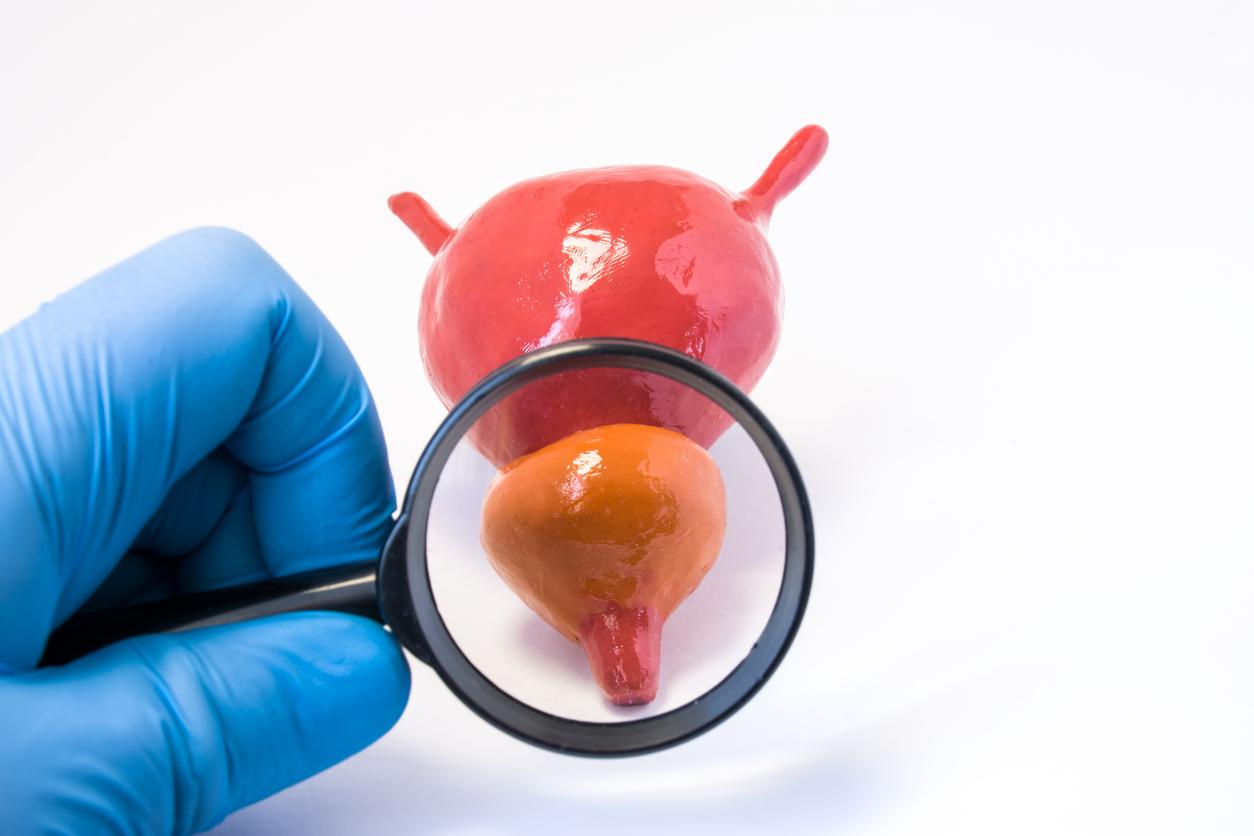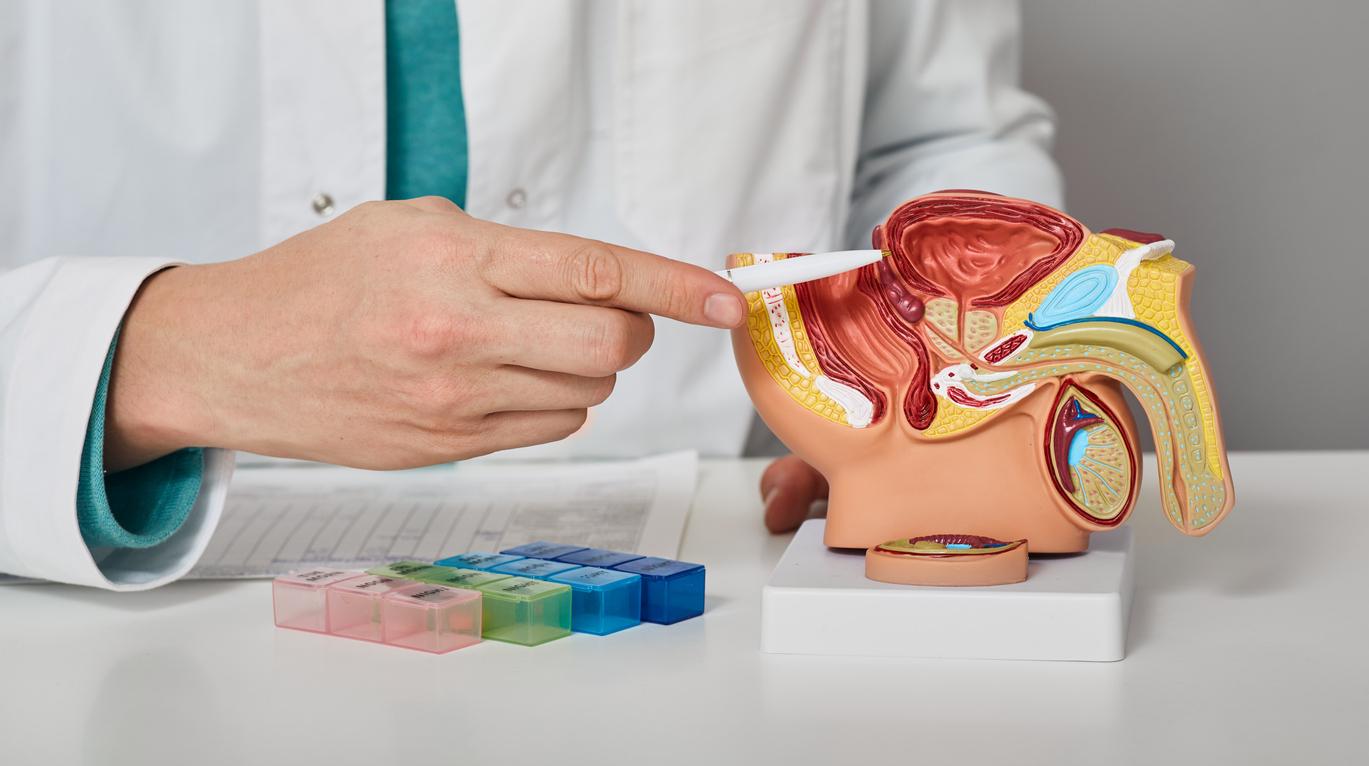Classified “as possible carcinogen” in 1979 by the World Health Organization (WHO), chlordecone, an ultra-toxic pesticide, was used extensively from 1972 to 1993 in West Indian banana plantations. Since then, almost all Guadeloupeans (95%) and Martinicans (92%) have been infected.

The first results unveiled by Public Health France are more than alarming. According to the newspaper The world, almost all Guadeloupe (95%) and Martiniquais (92%) are contaminated with chlordecone, an ultra-toxic pesticide, widely used from 1972 to 1993 in West Indian banana plantations.
Neurological disorders
Chlordecone can be the cause of severe neurological disorders – disorders of motor skills, mood, speech and immediate memory, uncontrolled movements of the eyeballs – and testicular disorders.
This pesticide also has negative effects on cognitive and motor development in infants, and increases the risk of prematurity, as Inserm researchers proved in 2014. To assess the impact of exposure to chlordecone on the progress of the pregnancy, a Franco-Belgian team set up, in Guadeloupe, a large mother-child cohort called TIMOUN (child in Creole). More than 1000 women were included during their third trimester of pregnancy between 2005 and 2007, mainly at the Pointe à Pitre / Abymes CHU and at the Basse Terre hospital center. Exposure to chlordecone was estimated by its assay in maternal blood collected during childbirth.
Inserm’s conclusion is clear: “maternal exposure to chlordecone was found to be significantly associated with a shortened duration of pregnancy as well as an increased risk of prematurity, regardless of the mode of entry into labor, spontaneous or induced. ” The Institute adds that “these associations could be explained by the hormonal, estrogenic and progestagenic properties of chlordecone.”
Classified “as possible carcinogen” since 1979
In another study carried out at the Center hospitalier de Pointe-à-Pitre, Dr Pascal Blanchet, urologist, established “a formal link” between chlordecone and prostate cancer, cancer which strikes Martinique and Guadeloupe more than n ‘ any French region. The people who have worked in the environment of the banana fields are the most affected.
Chlordecone is classified “as possible carcinogen” in 1979 by the World Health Organization (WHO). It was still authorized in the West Indies until September 1993 by François Mitterrand and the agriculture ministers Louis Mermaz and Jean-Pierre Soisson.
Soils are contaminated for centuries
In the 1970s, chlordecone began to be used to kill the banana weevil, an insect that destroyed crops. Results: Soils are contaminated for centuries, as are rivers, the seacoast, livestock, poultry, fish, shellfish and vegetables.
The banana plantations of Guadeloupe and Martinique are a pillar of the West Indian economy. 270,000 tonnes of bananas are produced each year, 70% of which leave for the metropolitan area. While the impact of the massive use of chlordecone is still in its infancy, it is clear that the economic interest has clearly prevailed over the health of the Antilleans.

.

















